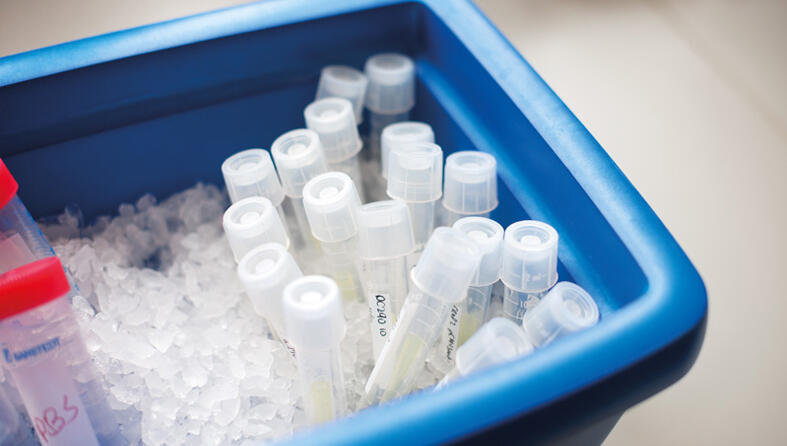Past research into skin cancer

Our strategy

For the past 120 years, we’ve been making discoveries that have saved countless lives. But we have so much more to do. Our strategy sets out how we'll accelerate progress towards a better future.
Our milestones
Our scientists have made vital contributions to finding new and better ways to treat, diagnose and prevent skin cancer. Below are a few of our most important discoveries.
1989 – Our early research lays the groundwork for the development of vismodegib, a drug that's used to treat non-melanoma skin cancer. This is a much-needed treatment option for patients whose cancer has spread, sparing some people disfiguring surgery.
2002 – Our scientists lead a pioneering study which reveals how a gene called BRAF is faulty in more than half of all cases of the most dangerous type of skin cancer, malignant melanoma, and a wide range of other cancers. In 2006 we publish the results of testing a new chemical that blocks BRAF. This is an early version of the drug vemurafenib, which has extended the lives of hundreds of people with skin cancer.
2003 – We reveal inherited faults in certain genes that increase people's risk of developing melanoma, the most serious form of skin cancer.
2003 – We're among the first to show how a delicate balance between two molecules, ROCK and Rho, controls the shape of skin cancer cells and their ability to spread. Research into how skin cancer spreads could lead to new treatments that stop the cells from travelling around the body.
2013 – Our scientists unravel complex chains of events that lead to skin cancer becoming resistant to drugs that target BRAF, and are the first to show that a new combination of drugs is more effective at slowing cancer's growth. This combination becomes the gold standard of care and helps extend the lives of many patients.



